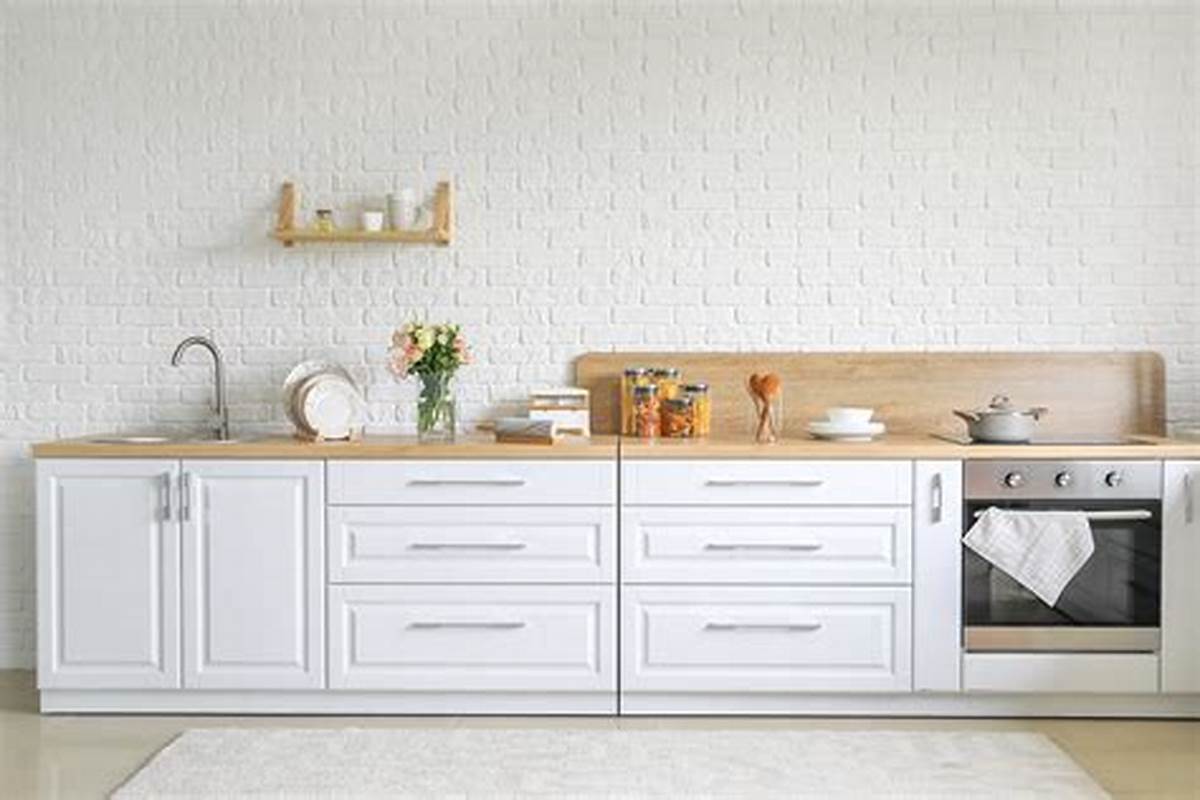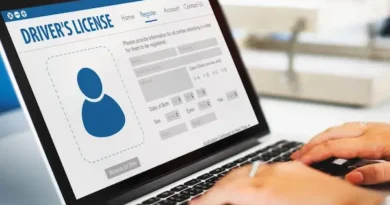Organizing documents: 10 essential tips
To organizing documents in a practical and truly effective way, you will need to set aside time for this. After all, this is one of those tasks that you don’t need to do in a hurry, even more so if you have accumulated mess.
Anúncios
Therefore, schedule an exclusive time for this activity and prepare yourself. Organizing files doesn’t have to be difficult, and we guarantee that the feeling of accomplishment when you’re done will be worth all the effort.
1- Give the house a general look and gather everything
If you have papers scattered in your bedroom, living room, office and even in the kitchen, the first step is to gather everything in one place. Preferably, choose a quiet place where you can focus and that has enough space to separate the documents into piles by category, as we will see next.
2- In document organization, everything has its place
With all the paperwork gathered, it’s time to sort them into categories. Take advantage of this moment to identify and separate advertisements, publicity reports, pamphlets and other items that you can discard later.
Make a categorization of the documents, considering the following suggestions:
house documents;
car documents;
children’s school file;
bills that have already been paid;
bills to pay;
personal documents of each resident of the house.
You can adapt these categories to your needs and include as many as you need.

3- Chronological order, folders and labels
Now that you’ve identified the categories, it’s time to chronologically organize the documentation. In the children’s school documents category, for example, put the oldest paid slips at the end, and the most recent ones at the front.
A fundamental aid for this stage of organization are folders and labels. A tip is to choose transparent and colored folders, to make it even easier to differentiate between each block of files.
4- Organizing documents – A folder for each resident of the house
In addition to dividing the documents into the categories house, car, school, etc., it is also essential to allocate a folder for each resident of the house. In it you must place the original birth certificate and its copies, CPF, copy of RG and Driver’s License, proof of vaccination, passport and other personal documents.
For this you can invest in plastic boxes of different sizes, in organizing baskets or in files with dividers to distribute all this.
5- Medical records also enter the document organization
You don’t need to store the results of every blood test done throughout your life, but it’s worth keeping the most important ones. If you had surgery, for example, you can keep the medical report for future reference.
In this case, the same guidance we gave for personal documents applies: each resident of the house must have his folder.
6- Classify documents as active, dead and permanent
Some documents will never be discarded, such as someone’s birth certificate. However, others, such as a paid boleto, can be thrown away depending on the elapsed time of the payment.
To make your files easier to access and organize, you can separate folders as follows:
active file: are those for the current year, such as water, electricity, TV bills, etc. If you wish, you can place items from the current year and the previous year in this file.
archive: contains documents from two or more years ago, proving payments, debt settlement, etc. To avoid keeping 12 receipts from each category, you can only keep the Annual Discharge of Debts. This is a document that must be provided by service providers that proves that you are up to date with the previous year’s accounts.
permanent file: must contain everything that can never be discarded. In addition to the birth certificate, this must include real estate, death, marriage certificates, etc.
7- Organizing documents – Discard what you can, whenever you can
If you keep every proof of purchase and payment for a lifetime, there’s not enough storage space. Therefore, from time to time it is possible to clean to throw away what no longer makes sense.
However, be careful not to miss anything important! In general, the guidance is as follows:
receipts of purchases and deposits must be kept for one month;
bank and credit card statements, insurance policies and health checks must be preserved for at least one year – in some cases longer time is indicated, so read carefully;
Income Tax, IPTU and IPVA receipts must be kept for five years;
proof of payment for services can be substituted for the Annual Discharge of Debts whenever it is available.
personal documents must not be discarded under any circumstances.
8- Once the documents are organized, continue
If you make a habit of filtering the mail you receive and the papers you bring home from the street as soon as you arrive, the chances of finding yourself again in the chaos are greatly reduced.
So if it is an advertisement that is not of interest to you, discard it. Don’t leave it on the living room table or in a bedside table drawer. Plus, you can immediately store your pay slips in the correct folder, so you avoid spending so much time on this task again.
10 – Organizing documents – Care with digital files
You can adopt the same guidance we gave for physical files with digital files. That is, if you are in the habit of making payments over the internet, create a folder structure on your computer to store the receipts.
Determine a standard naming for files that makes it easier to find an item in the future. For example, you can write all lowercase letters, separated by underscores, with the payment date.10. Scan everything you can
High turnover documents, such as proof of payment of electricity and water bills, do not necessarily need to be scanned. But those that are difficult to replace, or even irreplaceable, should have their digital version provided as soon as possible.
In addition to personal documents, which make up a large part of this category, we can also include others such as house and car documents, which are more permanent items. In fact, even old letters and portraits can benefit from a well-done physical document storage.
Use your common sense to make the best possible distribution of your files and take care of your organization once you have completed this first step.


